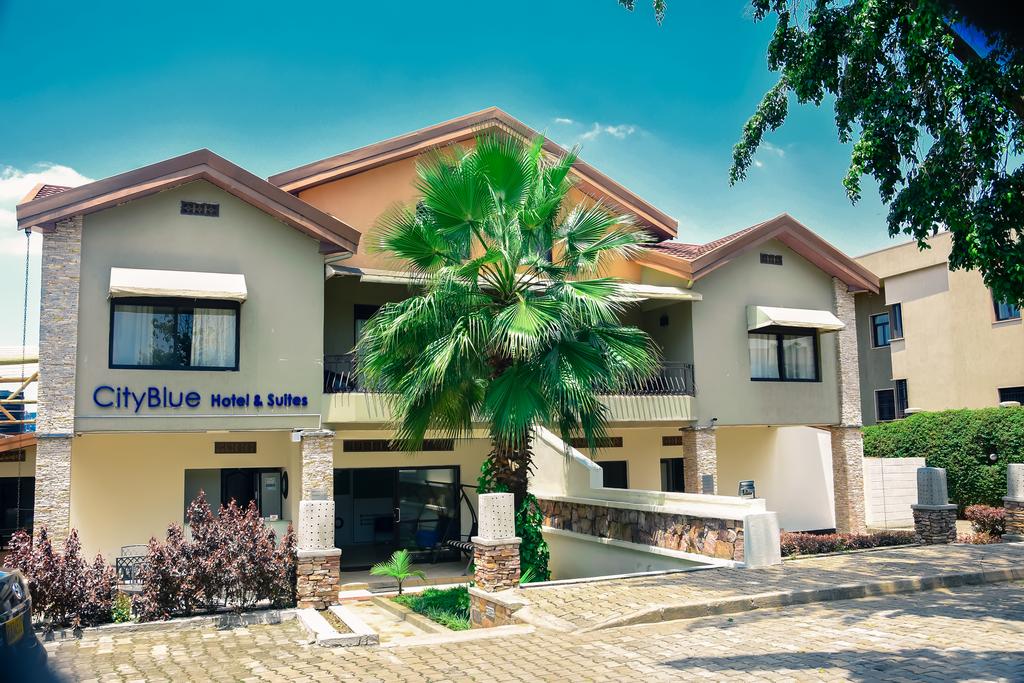- Expected GDP growth up to 3% from 2.2% in 2016 but down from
projected 3.4%
- Projected to reach 3.7% also down from projected 4.2% in 2018
- Steady domestic demand and public investment in infrastructure
- Fiscal and Current account deficits on decline
- East Africa remains the fastest growing region, from 5.1% in 2016 to 5.4% and 5.8% average GDP growth in 2017 and 2018 respectively
Africa’s economic outlook improved in 2017 compared with 2016 and is expected to gain momentum in 2018. GDP growth in 2017 is expected at 3.0% up from 2.2 in 2016 and projected to expand to 3.7% in 2018, the African development Bank said in an updated forecast released in Abidjan on Thursday, 12 October 2017.
“The changes in previous forecasts released in the African Economic Outlook in May 2017 followed the release of new data by some key countries –Nigeria, Algeria, and Egypt– which account for some 50% of the continent’s GDP and which revised their 2017 and 2018 forecasts downwards,” said Abebe Shimeles, acting Director, Macroeconomics Policy, Forecasting and Research.
However, the continent’s averages compare favorably with Global economic growth projections of 3.5% and 3.6% GDP growth in 2017 and 2018, respectively.
The new set of data attributes Africa’s economic rebound mainly to:
- Recovery in the global economy and bottoming out of the commodity price bust that had set in since 2014. “Economic diversification and drive for structural transformation need to proceed with urgency and intensity in order to avoid the repeat of boom-bust cycle in the wake of commodity price volatilities,” the African Economic Outlook already warned in May 2017.
- Steady Domestic demand and public investments in infrastructure also helped sustain growth in many countries, the forecast said, adding that beyond accumulation of physical capital, productivity of those investments is important for sustainable growth and must remain an area of policy focus.
- Fiscal and current account deficits are expected to narrow due to strong export performance and higher government revenues but African governments must resist the temptation to “catch-up” on the spending that was suspended in the last two years as this will exuberate deficits.
In regional terms, East Africa remains the fastest growing region, with an estimated growth of 5.1% in 2016 projected to grow by 5.4% and 5.8% in 2017 and 2018 respectively. Growth in the Eastern Africa region is mainly driven by strong domestic demand and high public infrastructure spending.
North Africa recorded the second highest growth rate of 3.1% in 2016 buoyed by the recovery in Egypt, with output growth of 4.3% and Algeria at 3.3%. The northern region is expected to grow by 3.1% and 3.6% in 2017 and 2018 respectively, with expected pick up of growth in Morocco of 4.5% in 2017 and 3.9% in 2018. The Bank warns, however, that continued political uncertainties and reduced oil production in Libya continue to drag growth in the North Africa region. Libya is projected to stay in the negative growth territory in 2017 and 2018 with a growth of -4.9% and -3.9% respectively.
Growth in Southern Africa remained tepid at 0.9% in 2016, down from 1.6% in 2015. Projected improvements in the performance of South Africa from 0.3% in 2016 to 1.2% and 1.3% in 2017 and 2018 is expected to boost the Southern Africa regional growth to 2.0% to 2.3% in 2017 and 2018 respectively attributed to increased mining output following moderate rise in commodity prices.
Similarly, Central and West Africa regions, dominated by oil producers, growth was severely constrained at 0.5% and 0.4%, respectively in 2016. In West Africa, the economic recession in Nigeria completely offset the strong gains made in Sierra Leone, Togo, Cote d’Ivoire and Senegal, the latter two being the region’s fastest growing economies. Nigeria accounts for 72.4% of the region’s overall GDP but contracted by -1.5% in 2016 against an average expansion of 6% for the other four economies, which collectively account for about 10% of regional GDP.
West Africa is expected to record improvements in growth to 2.5% and 4% in 2017 and 2018 respectively mainly attributed to improvements in oil production in Nigeria and rising global commodity prices. Central Africa on the other hand was mainly slowed down by poor performance in Equatorial Guinea and Chad which contracted by -7.3% and -6.4%, respectively followed by Republic of Congo which shrunk by -2.4%. Central Africa republic is expected to record improvements in growth in 2017 and 2018 of 1.6% and 3.1% in the two respective years, the report says.



